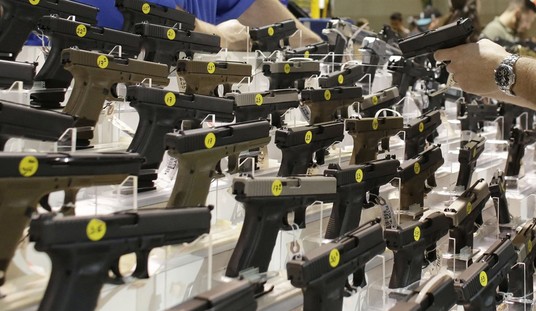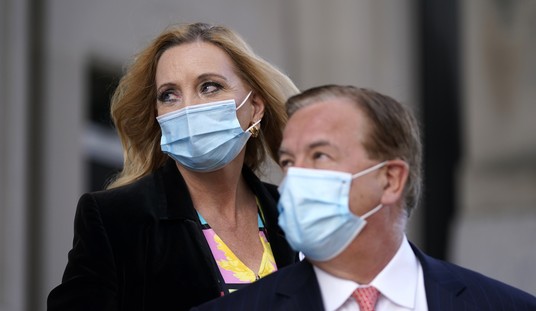We on the pro-gun side of things argue that more guns equal less crime. Obviously, the other side argues the opposite. Both of us can find studies to show whatever we want, though. After all, we’ve seen so many anti-gun researchers seeming to trip all over themselves to “prove” that guns are bad.
However, a new study suggests a bit of a different link between gun ownership and shootings. This time, it’s about police shootings.
A police officer is more likely to shoot a civilian in jurisdictions where there is a high rate of gun ownership, and the victim is more likely to die from injuries in places where emergency trauma care centers are located too far from the incident.
In a 50-state study, Daniel Nagin, a criminologist at Carnegie Mellon University, found a direct correlation between rates of household gun ownership and police shootings. According to Nagin, officers in high gun-ownership areas are more likely to suspect that an individual they apprehend is carrying a weapon –even if he isn’t—and make a “split-second” conclusion that their lives are in danger, especially if they have had little training encouraging them to slow down their response time.
Nagin’s research is one of a series of studies published by the Annals of the American Academy of Political and Social Science (AAPSS), in a special volume examining the causes and patterns of fatal police shootings across the U.S.
…
“Police shootings in America is a solvable problem,” the AAPSS statement accompanying the volume said. “Much of the problem is understandable and some of the solutions can be implemented right now.
“It will require the re-engineering of police-citizen encounters, with a ‘safety first’ priority.”
In other words, it seems clear that much of this issue is a training issue. After all, law-abiding citizens who care lawfully carrying firearms aren’t a threat to law enforcement.
However, criminals also carry guns and for the police, they may simply not understand how to react to an armed citizen. Again, this suggests it’s a training issue.
If the study pans out–and studies should always be questioned and prodded–it tells us just what we need to do to address many police shootings. It won’t do away with all of them, just the worst examples of them.
On the same token, this gives those of us who carry firearms on a regular basis something to think about.
Time and time again, I’ve heard people bemoan police officers trying to keep themselves safe during encounters with armed citizens. Those citizens, justifiably, take issue with many of the requests. After all, police have no right to disarm those citizens in many places, especially if there’s no evidence of criminal activity taking place.
However, let’s also think about the fact that there’s pretty much no play in which you drawing your gun works out in your favor during a police encounter. At best, you’ll end up with an aggravated assault charge. At worst, you leave the area in a bag.
One thing we need to do is recognize that these officers are often not trained well on how to deal with armed citizens and take steps to help them feel at ease in the encounter. Militancy has its place, but this is probably not the time for it.
The last thing we need is more innocent people being killed.








Join the conversation as a VIP Member